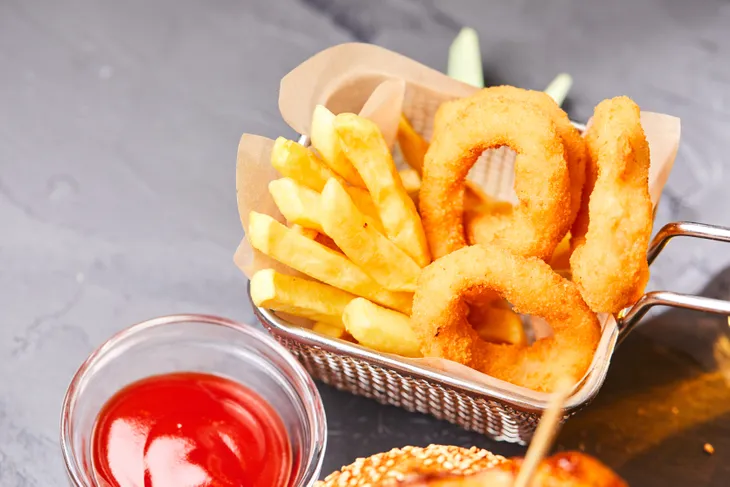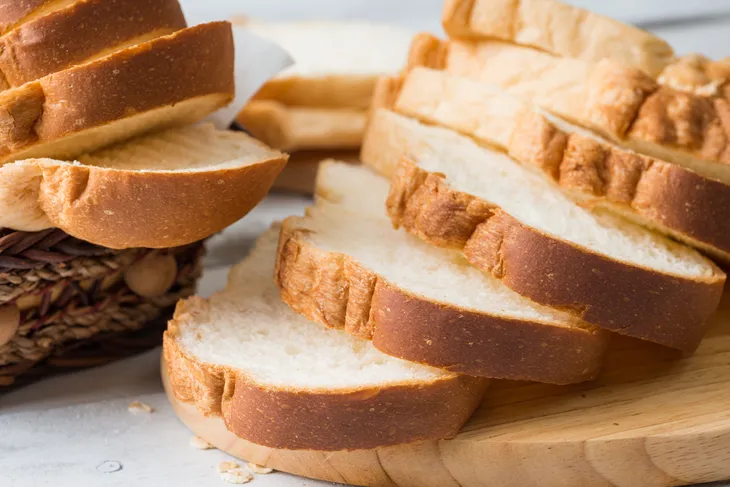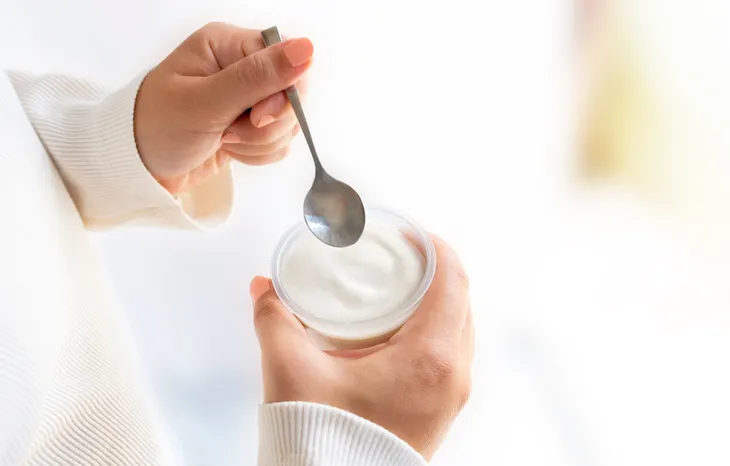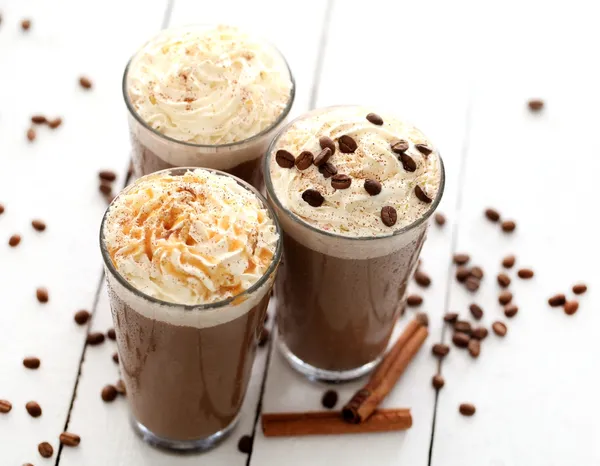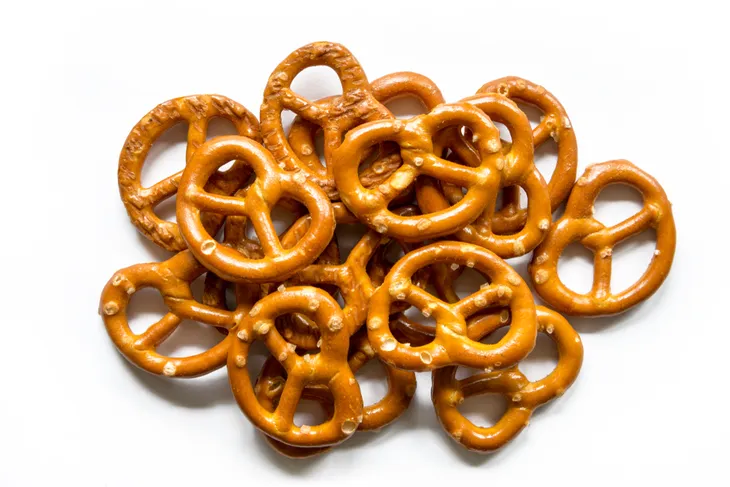Diabetes is quite possibly the most significant health problem currently facing North America. With more and more people being diagnosed with type 2 diabetes — the type of diabetes that typically appears later in life and can often be directly linked to diet and lifestyle choices — the issue threatens to overwhelm healthcare facilities for years to come.
That’s because a diagnosis of diabetes presents the individual with a number of serious health consequences, from greater risk of heart and kidney disease to loss of sight. It can even lead to the loss of certain parts of the body, like arms and legs, because it often impacts circulation. For all of these reasons, it’s absolutely vital that anyone with diabetes understand the foods they should try and avoid each day.
Carbohydrates
Let’s start with an entire food group: carbohydrates. While it’s nearly impossible to eliminate carbs altogether, diabetes patients need to treat them much differently than others. That’s because carbs are broken down into sugars, or glucose, by the body. This can raise your blood sugar levels to points that could present health complications.
For example, should you ignore your blood sugar levels while continuing to eat lots of carbohydrates — like breads, cereals, or junk food like candy — you could put yourself at risk of seriously damaging your nerves and blood vessels and major organs like the kidney and heart.
Sugary Drinks
Arguably, sugary drinks like soda, juice, and tea or coffee (with added sugar) represent the most dangerous food product that someone with diabetes can consume. There are a couple reasons for this: for one, it’s very easy to consume a lot of sugar very quickly when drinking something like regular (not diet) soda, which can contain roughly 40-grams of sugar or more, depending on the size of the container.
Second, because there’s no process required in breaking down liquids, that sugar can be absorbed by the body much quicker, meaning blood glucose levels can get out of hand very rapidly. To help with this, try to avoid sugary beverages and opt instead for flat or carbonated water or unsweetened juice, coffee and tea.
Food High in Trans Fats
There’s a powerful movement to take foods with trans fats from store shelves, but it’s a long and arduous process and may not completely eliminate these kinds of foods altogether. In case you’re not familiar with them, trans fats are produced through the addition of hydrogen to unsaturated fats in an effort to stabilize them.
You can find trans fats in margarine, creamer, and a lot of baked goods. These days, you’re most likely to encounter them in smaller establishments selling things like muffins, cakes, and donuts. While trans fats won’t cause a direct spike in your blood sugar levels, they can make it harder for your body to process the hormone that regulates glucose in the blood, a serious problem for anyone with diabetes.
White Bread
For much of the late twentieth century the only widely available type of bread was white bread. Low in fiber but, arguably, high in flavor, it was incredibly popular. Even today, with the rise of alternatives like multigrain and whole wheat breads, white bread remains widely available.
And that presents problems for people with diabetes. Why? Because most white bread is highly processed and offers next to no fiber, meaning it’s rapidly broken down into glucose that can cause an individual’s blood sugar levels to spike. Not only could this present problems for the major organs, like the heart and kidneys, but it could even lead to a decrease in brain function. To avoid this issue, opt for whole grain bread and moderate your overall bread consumption.
White Rice
Like white bread, white rice is highly processed — so processed, in fact, that most of the fiber originally found in it is removed altogether. That’s why white rice tastes so much different than brown rice, which is high in fiber and less processed (hence, why it takes so much longer to cook).
Like white bread, white rice is broken down into glucose much quicker, resulting in a spike in blood sugar levels. This development can be dangerous for anyone with diabetes, as it threatens the functionality of major organs, like the brain, heart, and kidneys. If you’re keen on having rice, try brown rice and watch your intake.
Yogurt
Yogurt has developed a pretty good reputation with nutritionists and everyday people alike, mostly because of the recent fascination with probiotics, or “good” bacteria. Yogurt contains probiotics, which can help with digestion.
However, many types of yogurt remain high in fat, which is potentially bad for the waist line and heart, and lots of added sugar, which can present serious problems for diabetics keeping a close eye on their blood glucose levels. So, either moderate your yogurt intake or look for no-sugar-added yogurt.
Milk
Milk, and particularly low-fat skim milk, has developed a solid reputation with diet and fitness experts because of its high protein and calcium levels. Together, these could help keep you feeling full and assist in maintaining healthy bones.
But milk does contain an ample amount of sugar, even though it doesn’t always taste particularly sweet. Of course, chocolate milk is even sweeter than white milk. So, if you’re a diabetic, be sure to watch how much milk you consume and generally try to avoid chocolate milk or similar flavored milk products.
Breakfast Cereal
Cereal continues to dominate the breakfast tables of North Americans, just as it did decades ago. And there’s good reason for that: not only is there a huge variety of breakfast cereal offerings, many of those options are loaded with sugar in an effort to appeal to kids.
That, of course, is a huge problem if you have diabetes. Like white bread or sugary drinks like soda, sweet breakfast cereals can lead to the spiking of blood glucose levels, placing a diabetic individual in danger of sustaining damage to their nerves, blood vessels, and major organs. If you simply love breakfast cereal, search out a product that’s lower in sugar and higher in fiber.
Flavored Coffee
The last couple decades have seen the remarkable rise of specialty coffee establishments that offer an enormous variety of coffee-based beverages, from cappuccino to lattes to frappuccino. And virtually all have been adapted by adding all sorts of sugar syrups, much to the delight of customers.
But that’s a big problem for diabetics who need to closely monitor their sugar intake. An individual may not be fully aware just how much sugar is contained in these drinks, since traditionally coffee has not been so loaded down with sweet liquids. Play it safe and stick to unsweetened Americano or espresso beverages.
Honey
Honey has enjoyed a remarkable comeback thanks in large part to a recent aversion to processed sugar. To help boost sales, those behind various honey-based products have marketed their wares as all-natural and, therefore, somehow healthier than goods containing traditional sugar.
But that’s pretty misleading. While some types of honey are more natural and less processed, they can still lead to a sudden spike in your blood sugar levels. Additionally, buying into the “all natural” claim could result in someone over-consuming honey, putting them in serious danger. As with plain old processed sugar, watch your intake of honey carefully if you have diabetes.
Trail Mix
On the surface, trail mix seems fairly healthy — usually, it includes nuts and fruit. But it can also include lots of unhealthy stuff, like potato chips or chocolate pieces. On top of that, the fruit is almost always dried, which means it’s been processed so that what remains are tiny pieces laden with sugar. Some trail mix products might even throw in some sugar or other kind of sweetener for good measure.
For that reason, it’s important to carefully read the nutrition label on any store-bought trail mix to ensure it’s not just a candy alternative. Even better: make your own trail mix and stick with components that haven’t been laced with additional sugar. And finally, watch your intake: trail mix is high in fat, calories, and protein, so you don’t need much more than a handful or two.
Pretzels
Pretzels have a fairly decent reputation as far as salty snack beverages go. That’s because they don’t usually have quite as much fat or calories as potato chips or corn chips, even though they’re typically pretty high in sodium.
But diabetics need to think beyond fat, calories and sodium. They need to consider how pretzels are broken down by the body. For example, because pretzels are generally quite high in carbohydrates, and low in fiber, they’re broken down in glucose very quickly. That can lead to a sudden spike in the hormone that regulates glucose in the blood, which is precisely what diabetes patients need to avoid. So, be sure to limit your consumption of pretzels and avoid any that add sugar into the mix, like chocolate- or yogurt-covered pretzels.



